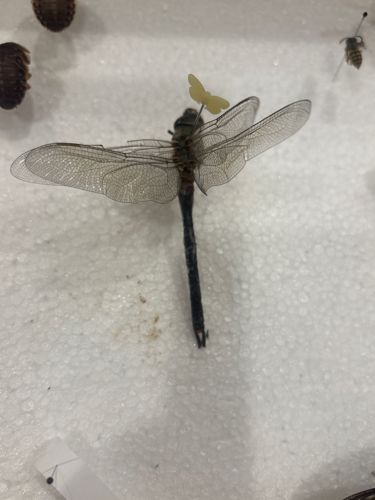Dragonfly
Scientific Name: Anisoptera
Order & Family: Order: Odonata, Suborder: Anisoptera
Size: Wingspan typically ranges from 20 mm to 160 mm (approximately 0.8 to 6.3 inches).

Natural Habitat
Found near freshwater habitats such as ponds, lakes, rivers, and wetlands. Larvae are aquatic.
Diet & Feeding
Dragonflies are predatory insects. Adults feed on other flying insects like mosquitoes, flies, moths, and butterflies. Larvae (nymphs) feed on aquatic insects, tadpoles, and small fish.
Behavior Patterns
Dragonflies are strong fliers, often seen patrolling territories or hunting. They have excellent vision due to large compound eyes. Males often exhibit territorial behavior. Their life cycle includes an aquatic nymph stage and a terrestrial adult stage, with incomplete metamorphosis.
Risks & Benefits
Benefits: Dragonflies are highly beneficial as natural pest control, consuming large numbers of mosquitoes and other nuisance insects. They are also indicators of healthy aquatic ecosystems. Risks: No known risks to humans; they do not sting or bite people, though large ones might deliver a pinch if handled.
Identified on: 9/19/2025